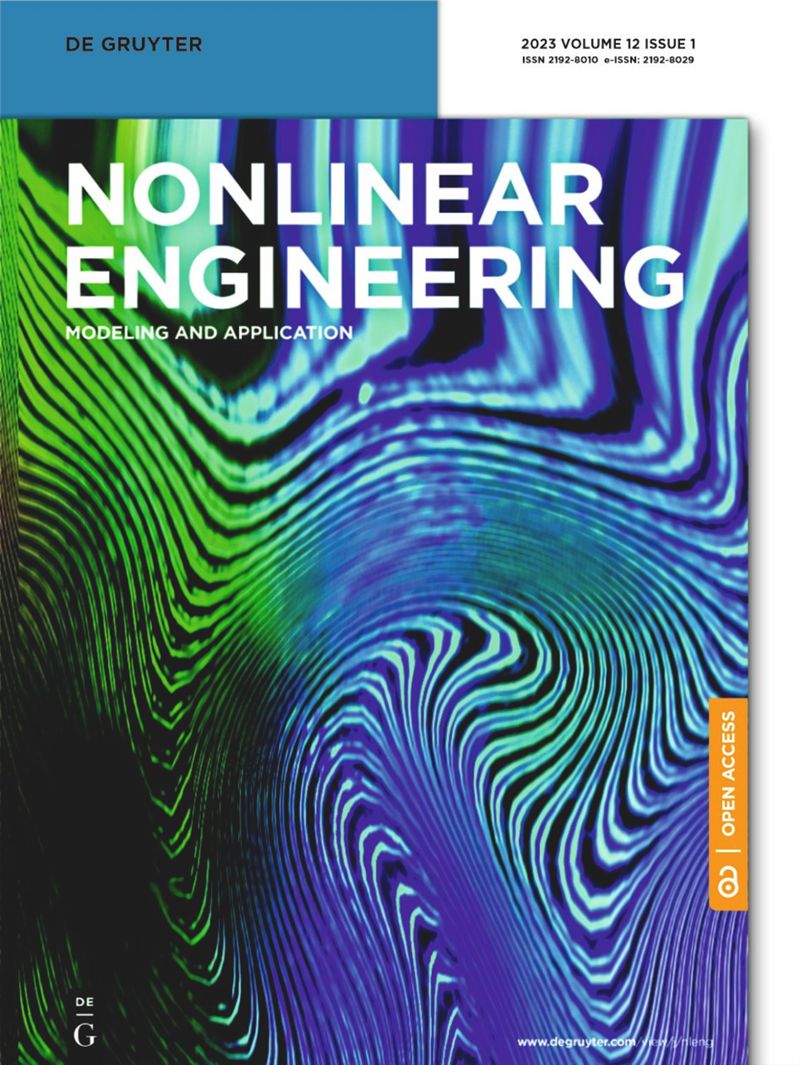基于虚拟仿真技术的电气设备故障诊断
IF 1.5
Q2 ENGINEERING, MECHANICAL
引用次数: 0
摘要
摘要为了高效、准确地诊断列车电气故障,提出了一种基于虚拟仿真技术的电气设备故障诊断方法。首先,使用Creo软件建立地铁列车模型。然后利用3DMAX软件制作动画,演示了列车电气系统的工作原理和动作过程。最后利用Unity 3D软件建立人机交互机制,实现了临场感和真实感。该系统实现了地铁列车电气系统的知识学习、学生评价、主体显示、故障诊断等功能,并与人工诊断方法进行了比较。实验结果表明,所设计的故障诊断系统对各类故障的检测时间均小于30 s,而人工诊断方法的诊断时间为30 ~ 52 s。结果表明,基于虚拟仿真的电气设备故障诊断系统具有诊断时间短、效率高等优点。此外,人工诊断方法的最高诊断准确率为75.48%,远低于诊断系统的准确率。结论:所设计的故障诊断系统具有检测时间短、准确率高的优点,能够满足工业生产的安全要求。本文章由计算机程序翻译,如有差异,请以英文原文为准。
Fault diagnosis of electrical equipment based on virtual simulation technology
Abstract In order to efficiently and accurately diagnose train electrical faults, we propose a fault diagnosis method for electrical equipment based on virtual simulation technology. First, Creo software was used to build a subway train model. Then, 3DMAX software was used to make animation and demonstrate the working principle and action process of the train electrical system. Finally, using Unity 3D software, a human–computer interaction mechanism was established, achieving presence and realism. This system realizes the functions of knowledge learning, student assessment, principal display, and troubleshooting of the electrical system of subway trains and is compared with the method of manual diagnosis. Experimental results show that in the designed fault diagnosis system, the detection time for various types of faults is shorter than 30 s, whereas the diagnosis time of the manual diagnosis method is 30–52 s. It shows that the electrical equipment fault diagnosis system based on virtual simulation has the advantages such as short fault diagnosis time and high efficiency. In addition, the highest diagnostic accuracy of the manual diagnosis method is 75.48%, which is far lower than the accuracy of the diagnostic system. Conclusion: It is proved that the designed fault diagnosis system has the advantages such as short detection time and high accuracy and can meet the safety requirements of industrial production.
求助全文
通过发布文献求助,成功后即可免费获取论文全文。
去求助
来源期刊
CiteScore
6.20
自引率
3.60%
发文量
49
审稿时长
44 weeks
期刊介绍:
The Journal of Nonlinear Engineering aims to be a platform for sharing original research results in theoretical, experimental, practical, and applied nonlinear phenomena within engineering. It serves as a forum to exchange ideas and applications of nonlinear problems across various engineering disciplines. Articles are considered for publication if they explore nonlinearities in engineering systems, offering realistic mathematical modeling, utilizing nonlinearity for new designs, stabilizing systems, understanding system behavior through nonlinearity, optimizing systems based on nonlinear interactions, and developing algorithms to harness and leverage nonlinear elements.

 求助内容:
求助内容: 应助结果提醒方式:
应助结果提醒方式:


